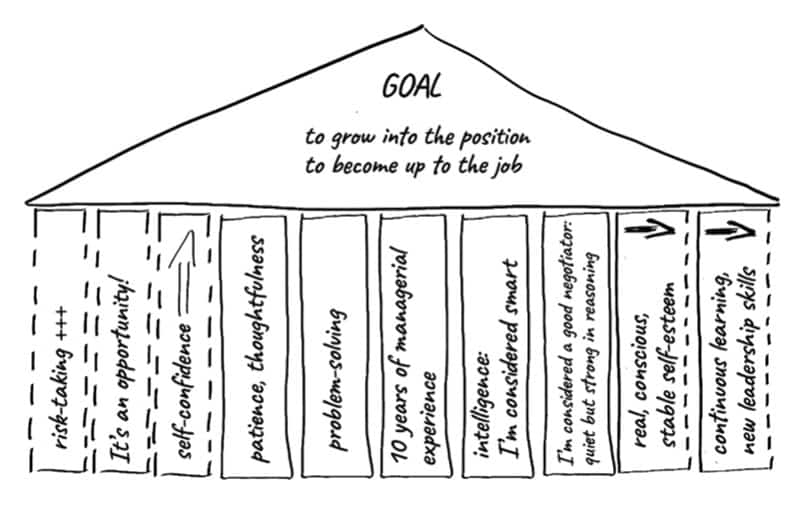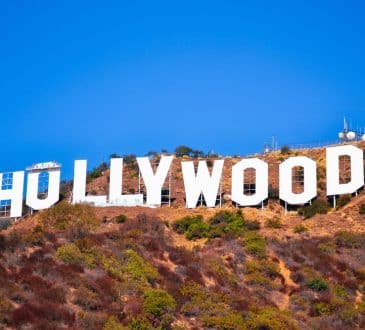One Picture, Or One Thousand Words

3 Ways Any Coach Can Simplify Things By Drawing
STOP!
Ok. How many of you pictured a stop sign?
Traffic lights and traffic signs are amazing examples of how shared visualization can be so powerful. These are simple and universal symbols that somehow manage to organize the world’s 1.4 billion drivers into something survivable and sustainable for everyone.
That said, these visual systems don’t just will themselves into existence. Did you know the humble stop sign took over 40 years of iteration to become the iconic symbol we know today? Or, that the Manual of Uniform Control Devices in the U.S. has been evolving since the early 1900s?
Decades of systematic evolution, yet it all feels so simple and straightforward when we’re on the road. Why? Because a picture is worth a thousand words. Because visualizations can simplify everything, which is why guided drawing is quickly becoming the most sought-after skill for personal and professional coaches. Drawing doesn’t just boost individual recall by up to 80%. It provides seemingly unattainable levels of clarity to almost any situation your coachee could be facing.
So, how exactly do you do it? These are three of the most basic ways that guided drawing can simplify things for your coachee, complete with a working example for each that requires absolutely no artistic skill whatsoever. Let’s get started!
- Make abstract relationships feel straightforward and concrete.
The challenges your coachee is facing are rarely simple. What’s more, today’s personal and professional challenges are becoming more and more difficult to pin down. Many of us deal with complex problems in the pursuit of abstract goals just as often as we come across anything straightforward or concrete. Trust and purpose are the new currencies of the workplace, and vague wishes for well-being continue to reign supreme as the most popular New Year’s resolutions across the United States—improve my health, improve my financial status.Simply put, modern goals have become abstract and complex, and they’re only getting more complicated. As the world becomes increasingly connected and inclusive, such complexities continue to grow. Today, the 21st-century workplace is filled with (and fueled by) culture-induced complexity. This sort of environment can produce amazing results once it figures out how to harness the complexity inherent in its design, instead of shying away from it. But, your coachee needs the right guidance to get there—to visualize this complex situation and deepen their own understanding. Such guidance is exactly what drawing-based coaching can offer when done right.

Here’s a working example. The “Network” model helps transform a broad and seemingly weak series of connections into a larger picture with real meaning for you or your organization. For this model, the coachee decides on the different nodes being considered during the discussion, then both the coach and coachee use lines and simple symbols to identify the relationships at play.
By constructing such a detailed, quick-reference overview for things like identifying conflict and promoting accountability, this guided drawing exercise can help your coachee permanently anchor their many conflicts and relationships to the world around them.
- Make large-scale overviews both manageable and memorable.
Some personal and professional goals are incredibly comprehensive, whether because they include several steps before you reach your first milestone or because they require a wide range of resources to be possible in the first place. For these situations, your coachee will often need to conduct a large-scale overview of every step needed to achieve success or every resource necessary to get the project off the ground.At such a large scale, traditional overviews, such as those that include basic roundtable discussions or side-by-side notetaking, can be cumbersome and ultimately forgettable. Your coachee might work with you to come up with the right content at the moment, but the ripple effects of such an exercise will be almost nonexistent.
Drawings make large-scale overviews more memorable and manageable, thanks in large part to the “picture superiority effect.” As proven time and time again in peer-reviewed literature, ideas conveyed through pictures are more memorable than ideas presented in words. Our verbal skills can be impressive, but our visual processing is tremendously power. In fact, it’s estimated that most of us can process some level of visual information in as little as 13 milliseconds. This is why the most forward-thinking coaches are using guided drawing to help better manage these large-scale overviews when they become necessary for the coachee.

Here’s a working example. The “Greek Temple” model is an overview of the resources available to support a particular goal. At the top, we draw the triangular tympanum (or roof) to represent the goal chosen by the coachee. Underneath that, we draw the colonnade (or foundation) as a stand-in for all the skills and resources that the coachee might call upon to reach the goal in question.
Without any visualizations, this mental process can be much more daunting—and much less effective. Guided drawing ensures that your coachee won’t forget about all the supports currently lifting their goals off the ground. Those resources are now tied to that overarching goal in a way that is both memorable and manageable.
- Turn what looks fragmented into a useful and cohesive whole.
The interconnected nature of our personal and professional lives isn’t always obvious. If your organization needs to evolve within its own industry, you can’t always immediately tell what needs to change, much less how those changes might affect each other. The result is that your efforts are fragmented—a little progress here and a little progress there with no lines connecting your efforts and no arrows pointing you toward a clear finish line. On top of that, you’re not even necessarily on the same page as the team member next to you, which only compounds the confusion.On the other hand, guided drawing is all about collaboration and a shared language that can be easily interpreted by everyone involved. Remember our traffic signs? Drawing drives away confusion, and it’s the best way for a good coach to help their coachee turn a fragmented thought process into something useful and cohesive.

Here’s a working example. The “Spiderweb of Goals” model is specifically designed to map out more complex goals into something that feels approachable. The central circle is the goal in mind, and each thread of the web represents a necessary development with highly detailed milestones. Every time you create a new ring in the web, you get closer to achieving your goal — an “ideal” that is either finalized or constantly moving. Absent any guided visualizations, these efforts can quickly become a fragmented mess of an organization that is only vaguely moving forward.
Written by Tamás Járdán.
Have you read?
World’s Best Countries For Retirement.
World’s Best Countries For Women.
World’s Best Countries To Visit In Your Lifetime.
US States With the Largest Gender Pay Gaps.
CEOs who have secured the most funding during their tenure in companies in each US state.
Bring the best of the CEOWORLD magazine's global journalism to audiences in the United States and around the world. - Add CEOWORLD magazine to your Google News feed.
Follow CEOWORLD magazine headlines on: Google News, LinkedIn, Twitter, and Facebook.
Copyright 2025 The CEOWORLD magazine. All rights reserved. This material (and any extract from it) must not be copied, redistributed or placed on any website, without CEOWORLD magazine' prior written consent. For media queries, please contact: info@ceoworld.biz








